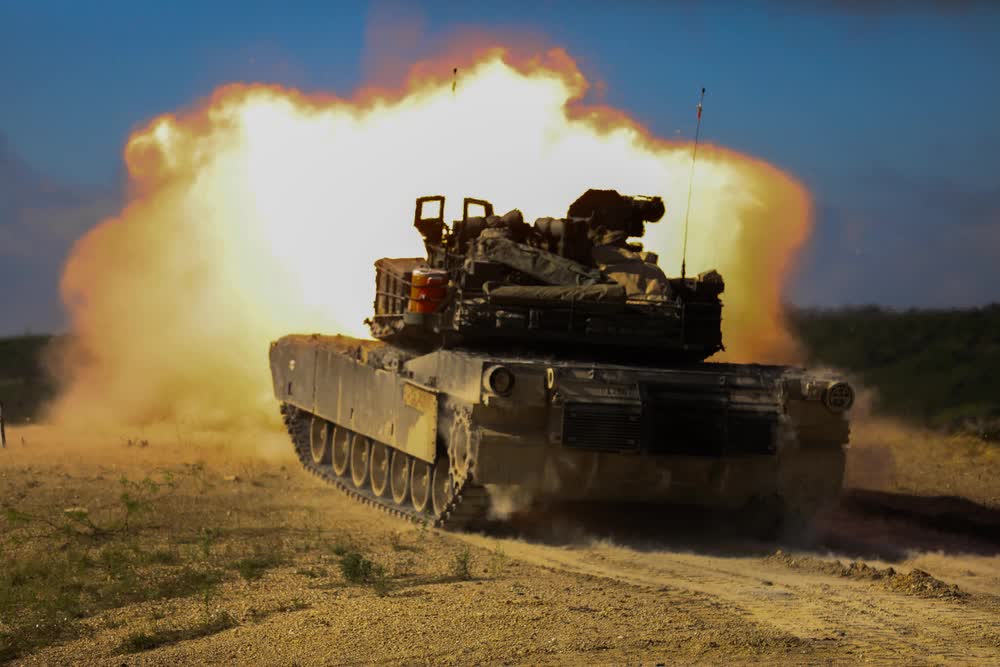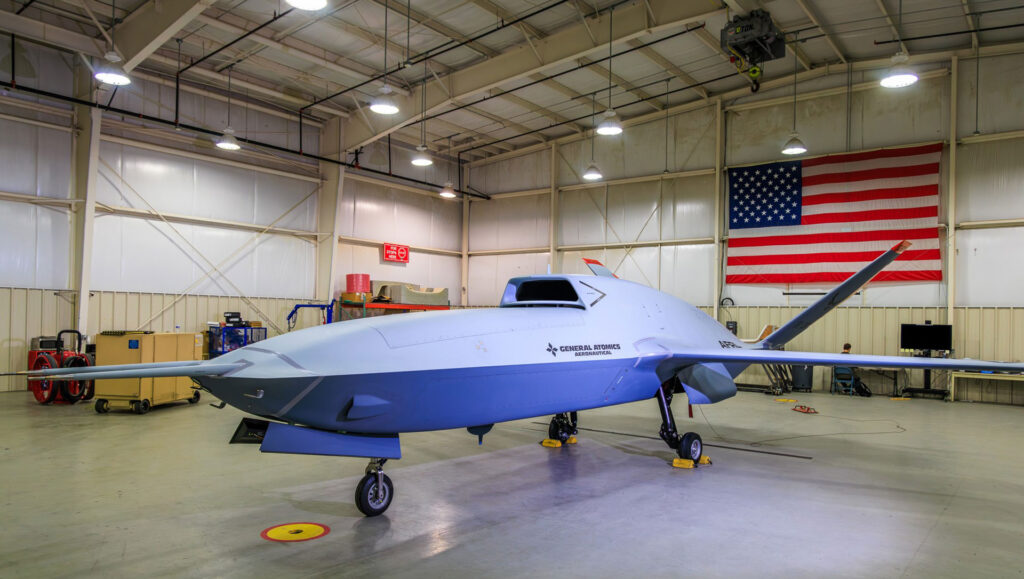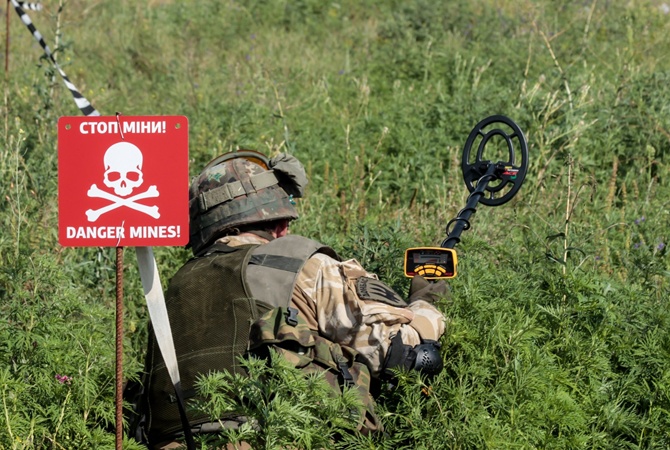AI is everywhere you look: social media trumpets the top 20 AI tools you need to be productive at your job, while colleges and productivity experts offer seminars on how to keep artificial intelligence from putting you out of work altogether. We’re all living in a post-GPT-4 world, and the U.S. military is no exception.
On the government contracting website Sam.gov, a flurry of new solicitations aims to develop new AI-focused military tools and applications that can make forces and platforms more lethal, efficient, and effective. The sudden emergence of advanced AI capabilities on the scene, and the present era of leap-forward machine learning tools, likely also influenced the theme of this year’s Technological Innovation Discovery Event (TIDE), an annual invitation-only trade show held in the Washington, D.C. area. This year, displays and presentations will be focused on “anticipating technological surprise.”
The Pentagon has known for years that artificial intelligence would transform warfare. In May 2021, Deputy Assistant Secretary of Defense Kathleen Hicks published a memo about “Implementing Responsible Artificial Intelligence in the Department of Defense,” highlighting the military’s core ethical principles, such as minimizing unintended bias and making sure responsible humans stay in control of AI activities and outcomes. It laid out guidance for AI strategy development, implementation, and acquisition.
As AI becomes more ubiquitous and immediate, though, there’s a fresh urgency to master and exploit this technology in all its relevant forms.
Here are some of the tools and capabilities the U.S. government is seeking to help the U.S. military ride the AI wave.
Army’s real-time threat forecasting

The Army wants to harness AI to help soldiers operate more safely in a battlespace where drones and autonomous systems pose a constant threat and enemy weapons are difficult to detect and anticipate. A June request for information calls for a real-time threat detection and forecasting software tool that can not only provide an accurate picture of the current battlefield and its threats, but also predict future windows of time in which the enemy might be vulnerable to attack. The tool the Army wants needs to run on a laptop in the field and be easy enough for junior soldiers to operate, but it also has to be able to generate complex visualizations and be able to spool threat scenarios forward as far as a few hours into the future.
“Massive data from networked all-domain sensors makes near-term situation prediction easier while the complex and heterogeneous data makes situation visualization difficult,” the RFI states. “At the same time, Multi-Domain Operations demand that all-source analysts predict fleeting windows of opportunity to target temporary enemy vulnerabilities, i.e., system component vulnerabilities that will likely persist for minutes and hours versus days and weeks.”
Related: Today’s Artificial Intelligence isn’t quite what you think (but it’s still crazy)
Air Force’s AI mission planning
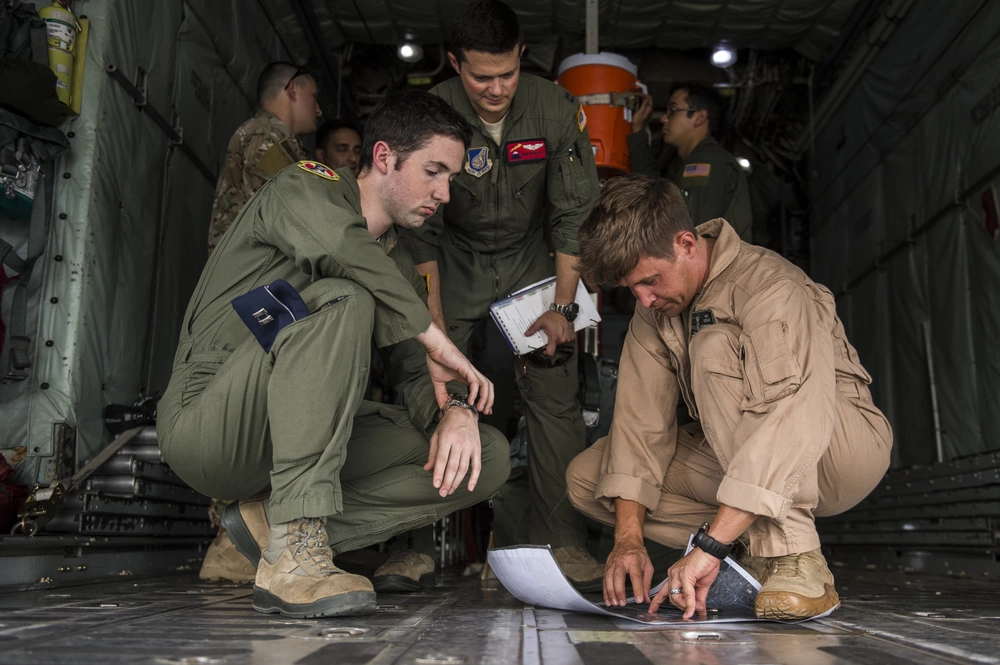
The Air Force Research Lab (AFRL) is pushing forward in its search for a tool that will transform air operations mission planning by building in AI support. The Air Force is giving multiple contractors grants to develop a tool that can automate and streamline the complex process of planning air missions at the anticipated speed of future conflict, which is expected to exceed what human planners are able to execute on their own. However, the Air Force doesn’t just want to design a machine that can generate mission scenarios; it wants a tool that games out possible scenarios and develops options, but still leaves the high-end decision-making to humans, who “provide deep insight and creativity.” The tool AFRL envisions will condense air combat planning to within four hours and process re-planning, due to new and updated information, within a matter of minutes. It would also “gamify” a visualization of attack plans, allowing airmen to play, pause and even rewind an anticipated mission scenario.
“Human-guided AI will generate myriad potential courses of action and the gaming environment will allow operators to explore, cull, and evaluate combat plans, gaining insight into the future battlespace,” a solicitation states.
Related: How a false story about the Air Force’s ‘rogue’ AI took the world by storm
AI text recognition tool
A new solicitation from the U.S. Department of Energy calls for a tool that college professors the world over are clamoring for. In partnership with Lawrence Livermore National Laboratory in California, which develops science and technology applications for military and non-military purposes, DoE wants to develop a system that uses cryptography to distinguish between text written by humans and text generated by AI. The solicitation states that the laboratory has already developed a novel system that can do this, and needs resources to further develop it. With the advent of ChatGPT and its ability to write convincing and coherent term papers and essays, it’s growing increasingly difficult to tell the difference between human creation and machine generation. The lab, it says, wants to build its AI detector into a readily usable tool that can easily process large chunks of text and determine if they were machine-generated. Text verified as human-generated could be affixed with a digital signature certifying authenticity, which could be used across various websites as a validation function. While this solicitation is not strictly military in focus, it would certainly have defense implications as the military also seeks to distinguish human from machine.
“There is a risk that AI-generated text will come to dominate online text and discourse while drowning out text generated with the thought and attention of actual humans,” the solicitation states. “This has the potential to drown out the voices, opinions, and thinking of real humans while simultaneously enabling the proliferation of online deception and manipulation (for example: fake news or fake opinions).
AI for medical triage
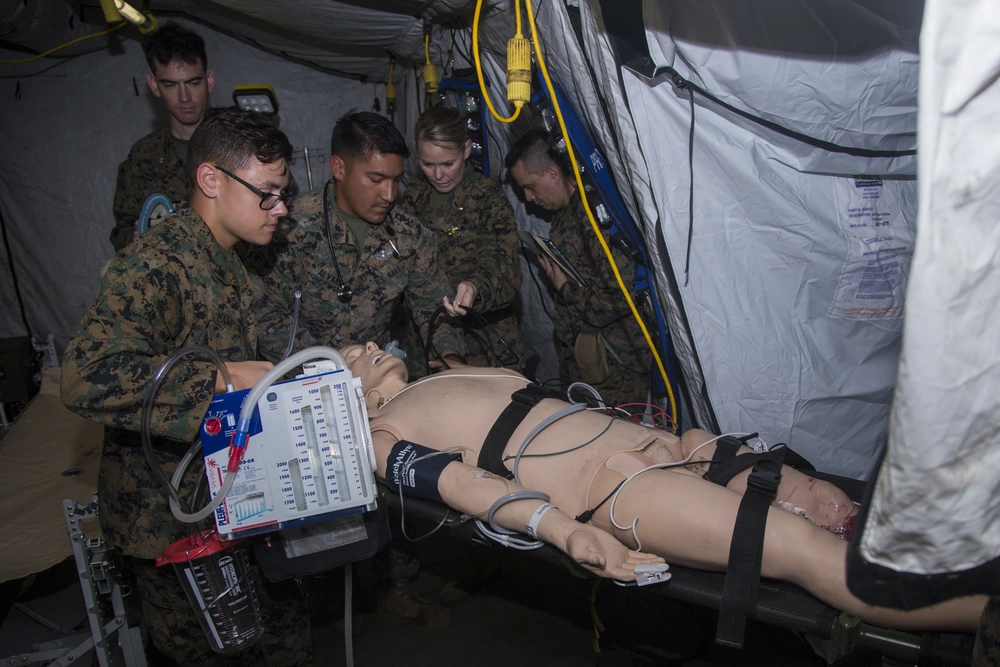
The Defense Department wants to know if AI can extend the critical “Golden Window,” which refers to the period within which one can provide lifesaving care to an injured troop on the battlefield. So the Pentagon is hosting an invitation-only technology discovery event in October focused on innovative medical and casualty logistics with an emphasis on game-changing new technologies. One particular focus area is extended casualty care for situations in which specialized combat medics cannot arrive at the point of injury right away, and fellow service members at the scene must use the tools they have to provide care and treatment.
“Solutions, including telemedicine and telehealth capabilities, enable immediate casualty care by circumventing challenges associated with distance and logistics,” the event announcement says.
Related: These speedy new Navy medical ships are designed with the Pacific in mind
“Solutions should integrate across various networks to facilitate multi-domain and joint communications, and show resilience operating in denied, disrupted, intermittent, and limited (DDIL) environments,” it adds.
AI and machine learning, it says, could be used to clock a patient’s vital signs, triage symptoms, and even predict how a wounded service member’s vitals and medical needs might change over time, allowing a program or computer tool to propose preventive treatments or ways to get ahead of pending crises. AI/ML, used with visual augmentation technology, could also help remotely located medical professionals to work with personnel on the scene to provide advanced injury care.
Speeding up Navy’s shipbuilding

AI may also hold the key to solving a perennial problem for the Navy: building new ships fast enough to keep up with the nation’s demands. Another solicitation from the Department of Energy seeks a broad range of solutions to speed up the “complex and time-consuming” ship construction process, from design all the way to commissioning as a Navy vessel. In addition to technologies like additive manufacturing and robotics, the solicitation seeks to take advantage of AI algorithms that could be applied to the design and manufacturing stages, “reducing construction time and improving the efficiency of the propulsion system.” Digital design and simulation, which may also involve AI or machine learning, is also proposed as a way to cut down on the number of physical prototypes required in new ship construction.
“The proposed solution should enable faster delivery of high-quality vessels to the Navy, enhancing the Navy’s operational readiness and capability,” the solicitation, published in May, states.
For all its impressive current capabilities, AI is still only beginning to make its mark on the world as we know it. The tools the military seeks show a commitment to keeping the human at the center of decision-making, but machine processing to make that human faster and more effective. Whether the Defense Department will be able to hold to its principles and stay atop the AI wave, though, will only become clear with time.
Feature Image: A soldier wears virtual reality glasses; a graphic depiction of a chess set sits in the foreground. (Illustration created by Naval Information Warface Center Pacific)
Read more from Sandboxx News
- Even America’s best submarines couldn’t get anywhere near the missing Titanic sub
- Russian military is using suicide tanks to stop Ukraine’s counteroffensive
- Why did Colt produce the M5 family of rifles?
- How will the war in Ukraine end and what about Crimea?
- With an eye to Russia, US sends 100 aircraft for NATO’s biggest air exercise ever

